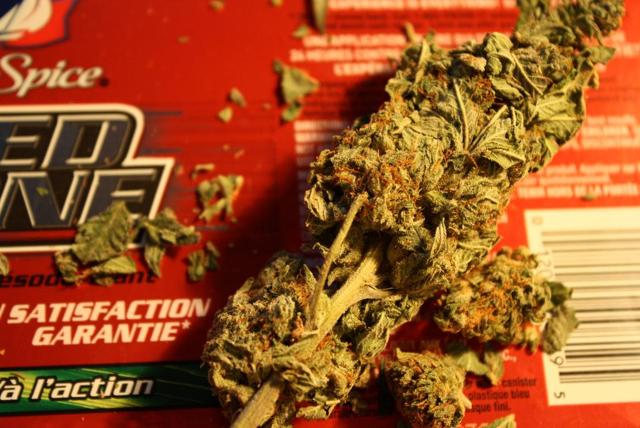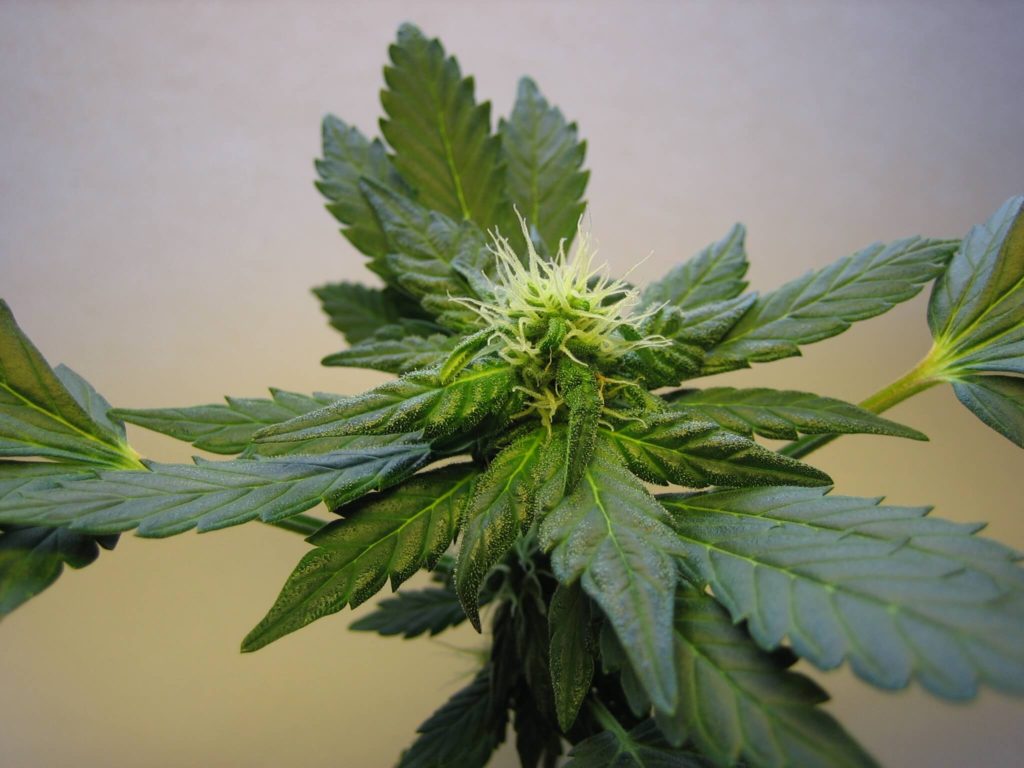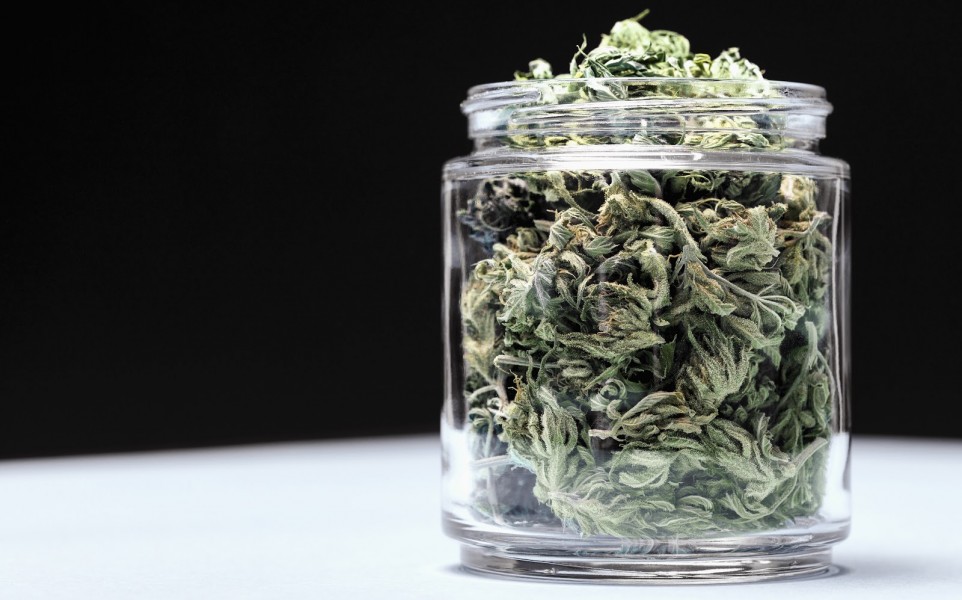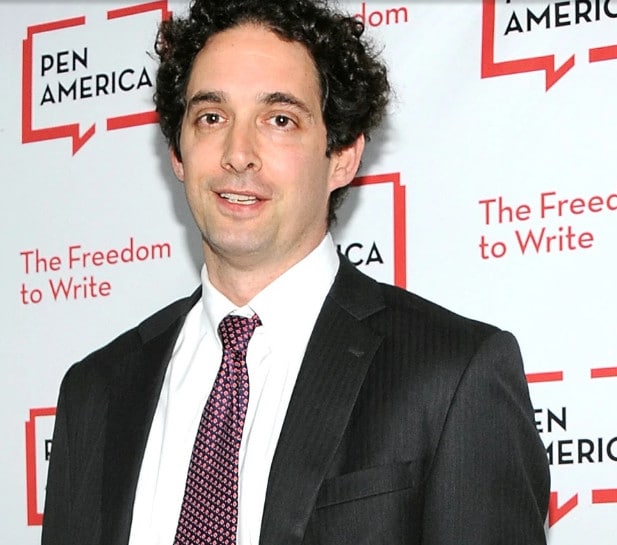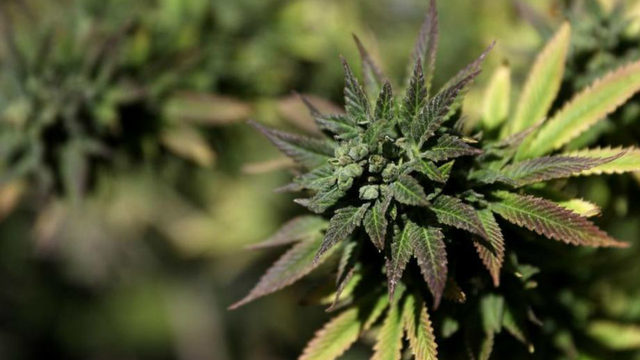Summary
- Canopy Growth Corp. has a market capitalization of $10.18 billion, while the global market for legal weed is estimated at just $7.7 billion at the end of 2017.
- The stock trades at 130x revenue.
- There are a lot of unknowns in the legal marijuana market.
- The only way to figure out an investment thesis is to consider the bull and bear cases and compare the market to post-prohibition alcohol companies.
- Based on different assumptions and most trusted data, Canopy Growth could return between 3x and 35x in the next 12 years.
Canadian weed is getting the capital markets high. Over the past year, legal weed stocks listed in either Toronto or New York have seen a tremendous run-up in prices. The biggest, and most well-known, has actually sextupled over this period. Others are up five- or six-fold. The combined market cap of the three largest weed companies – Canopy Growth Corp. (CGC,WEED.TO), Aurora Cannabis (OTCQX:ACBFF), and Aphria Inc. (OTCQB:APHQF) – is now $14.5 billion.
With Canada expected to legalize marijuana for recreational use later this year, and countries like Australia, Israel, Spain, and Portugal considering it for medical purposes as well, the excitement seems justified.
Investors who saw this coming a few years ago, when Justin Trudeau won the election with a mandate to legalize weed on the federal level, are now sitting on some handsome profits. However, investors getting into the game now may be too late.
Consider the fact that Canopy Growth Corp. has a market capitalization of $10.18 billion, while the global market for legal weed is estimated at just $7.7 billion at the end of 2017. Even if you assume the legal market has grown by 35% year to date, the company’s market cap is still worth nearly as much as global sales in 2018.
If a top-down view isn’t convincing enough, take a look at CGC’s books. This year, the company recorded $78 million in sales. Which means at the current price, the stock trades at 130x revenue. Silly ratios like these would be unbelievable in any other industry, but marijuana is special. Investors could justifiably argue that current prices don’t reflect past performance but indicate future potential.
For one, Canada hasn’t even legalized recreational use yet. Canada’s Senate approved Bill C-45 in the middle of June, and it officially goes into effect on October 17, 2018. Edibles won’t be legal till 2019. Meanwhile, 30 states in the US have legalized recreational marijuana, but the substance is still illegal on the federal level. In fact, Uruguay is the only country where weed is entirely legal on a federal level.
The prohibition on marijuana is more than a century old in most parts of the world. However, North America is the biggest market for the green stuff, and legalization here will encourage other countries to follow suit. The chances of a green wave of legalization across the world are substantial.
This creates a unique challenge for investors trying to value weed stocks. You certainly can’t rely on past performance, and the future of legal consumption is completely uncertain. There’s simply no way to know for sure how many countries will legalize weed in the coming years, whether the market will be dominated by a few large players, whether regulations will hamper international trade, or how much consumer demand will grow if the substance is universally legalized.
Perhaps the only way to measure the value and true potential of legal pot stocks is to start with an estimate of black market sales, assume a few developed markets have legalized in a decade, and draw parallels with the alcohol and tobacco industries. That’s an approach many big investors seem to be taking. The CEO of Constellation Brands (NYSE:STZ) told CNBC, “When I need to find information, I use Google. When I think about web services, I use Amazon… There’s going to be a dominant leading company [in the pot industry].”
Constellation Brands’ $4 billion investment in Canopy Growth Corp. earlier this year solidified its position as the biggest bull in this nascent market. In interviews with the press and public statements since this investment, Constellation has clearly laid out its investment thesis and assumptions. I’ll take a look at the bull thesis in detail before chalking up a more realistic thesis with pragmatic assumptions to figure out if investors should seriously consider pouring another dollar into CGC.
The Bull Thesis
Assumptions:
- $200 billion+ global market by 2030 (according to Rob Sands, Constellation Brands CEO).
- 25% share of eventual market (based on Diageo’s current share of global spirits).
- Extensive basket of products, including edibles, oils, medicines, and infused beverages.
- Tweed becomes one of the most recognizable pot brands in the world.
- Price-to-Sales ratio of 7x (same as Brown-Forman).
These over-optimistic assumptions seem to be the basis for Constellation Brands’ mammoth investment in Canopy. The CEO believes legal pot could be a $200 billion business by 2030, and some estimates from Grand View Research seem to confirm this notion. Constellation believes the company will become the Google of legal pot across the world, and that many developed countries will legalize marijuana for both medicinal and recreational use over the next decade. Smaller players will be gobbled up, pot-based medicines will gain legitimate traction, and Tweed, a brand it launched with Snoop Dogg, will become a household name.
I believe that pot can’t be compared to a capital-light, tech-heavy company like Google. Instead, highly regulated, addictive substances like tobacco and alcohol are a better yardstick. If you assume the pot industry in 2030 will look like the alcohol industry today, and Canopy will command as much market share as the strongest alcohol conglomerate Diageo and will trade at a P/S similar to Jack Daniel’s producer Brown-Forman (BF.A, BF.B), the company could potentially be worth $350 billion by 2030. That’s a 35x return in 12 years, or a CAGR of 34%.
However, these assumptions are wildly optimistic. The chances of everything going Canopy’s way are slim. Let’s take a more realistic approach.
The Pessimistic Thesis
Assumptions:
- $45 billion North American legal marijuana market by 2030 (based on estimates of the black market in North America and Statista).
- Considerable competition from other legal brands and a significant black market (based on Canada’s experience with the legal market so far).
- No globally recognized brand.
- 10% market share of North America.
- No other countries legalize recreational or medical marijuana till 2030.
- Price-to-Sales ratio of 5x (less than average PS ratio for the alcoholic beverages industry).
Let’s say most of the world doesn’t legalize weed and Canopy is restricted to North America. Although the company doesn’t manage to create a well-known brand (perhaps due to intense competition), it manages to capture 10% of the North American market by 2030. At this stage, Canopy can be valued at a P/S ratio similar to established alcoholic beverage companies.
These assumptions err on the side of pessimism. There’s a real chance a handful of countries across the world will legalize marijuana by 2030. However, Canada and a majority of the states in America have already passed legislation. Canopy already controls 30-40% of the legal cannabis market in Canada, but there’s reason to believe the company will face intense competition in America and wind up with a smaller slice of the overall North American market. Sticking to this pessimistic outlook, Canopy could be worth $22.5 billion by 2030. That’s a 2.2x return in 12 years, or a CAGR of 6.8%.
At 6.8% CAGR, the rate of return over the next decade is still higher than the S&P 500’s expected return of about 6% over the long term. However, the legal pot market is considerably riskier than the S&P 500, which means investors do not get a justified return based on these assumptions.
Conclusion
No one really knows what the cannabis market will look like in 2030. There’s little to no information on the black market or total consumer demand. There’s also no real indication of whether the legal pot market will be as big as the global alcohol market or as tightly regulated and concentrated as Big Tobacco.
Nevertheless, the best- and worst-case scenarios I have detailed here are based on data from authoritative sources who have either done their research or placed significant bets in the industry. In my opinion, the future lies somewhere between these two outlooks. Investors can realistically a sizable market for legal weed in the near future. As my calculations show, Canopy Growth Corp. doesn’t need to dominate the market to justify its valuation. However, if you’re more risk-averse or pessimistic about the industry, investing in Constellation Brands as a proxy for exposure could be a better option.
Depending on your outlook and risk appetite, it may not be too late to invest in Canopy Growth Corp.
Disclosure: I/we have no positions in any stocks mentioned, and no plans to initiate any positions within the next 72 hours.
I wrote this article myself, and it expresses my own opinions. I am not receiving compensation for it (other than from Seeking Alpha). I have no business relationship with any company whose stock is mentioned in this article.
Credit: seekingalpha.com

